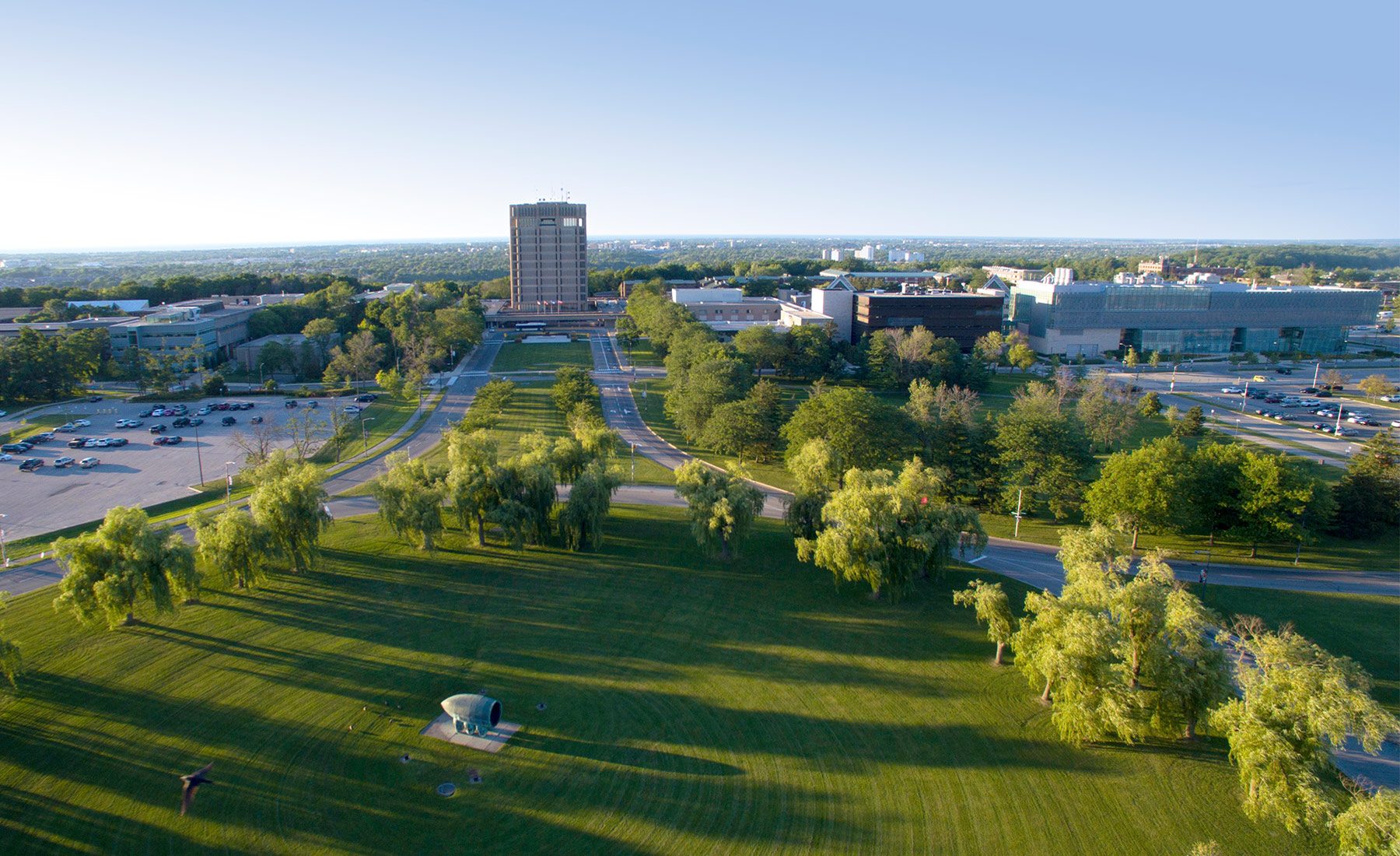MEDIA RELEASE: 01 May 2020 – R0077
Brock University is making student residences available to frontline health-care workers — including EMS responders and staff from Niagara Region-operated long-term care homes — in an effort to prevent their families from being exposed to COVID-19.
In a strategy worked out between Brock and the Niagara Region, the University will make residence units in its Village complex available at no cost, for use by health-care staff who have difficulty isolating themselves from their families in their own homes.
To begin with, the program will use 27 of the two-bedroom units, a number that could grow.
Brock has more than 2,400 beds in its various facilities, however the self-contained townhouse format of Village Residence enables occupants to maintain self-isolation without having a shared bathroom. Village units also have kitchens that allow for self-catering, a key factor since campus dining halls are not currently operating.
When Brock suspended all on-campus classes and exams in late March, the Village townhouses were used to consolidate and accommodate more than 60 students, mainly international students, who were unable to safely get home. That group is now fewer than 10 students.
University President Gervan Fearon said Brock is intent on supporting frontline workers by helping protect those whose jobs involve health risks even while they provide health services and protect others.
“Brock is first and foremost a community partner,” said Fearon, “and we stand alongside our neighbours in thanking the front-line workers who are looking out for all of us.”
Regional Chair Jim Bradley echoed the sentiment of President Fearon, while also reflecting on the strong partnership that exists between the Region and Brock.
“It is so much more than just our physical proximity that reinforces the long-standing and productive relationship between Brock University and the Niagara Region,” said Bradley. “I want to commend Brock for their leadership and generosity in regards to this announcement, and acknowledge the difference it will make for the frontline workers who are putting their health on the line to protect all of us.”
Scott Johnstone, Brock’s Senior Associate Vice-President, Infrastructure and Operations, said organizers quickly reached consensus on a workable plan.
“This just makes sense,” said Johnstone. “We collaborated with our colleagues at the Region to come up with a strategy that puts these facilities to good use for the sake of the entire community.”
In the weeks since the pandemic has put the country into a near-lockdown situation, many Brock employees have been contributing to efforts to protect health-care workers across the region.
In late March, researchers cleared out storage rooms across campus in order to send thousands of gloves, masks, lab coats and other supplies for use by health staff who were running short on these protective items. Employees have also been using 3D printers to produce protective face shields that are being distributed to frontline workers.
For more information or for assistance arranging interviews:
* Dan Dakin, Manager Communications and Media Relations, Brock University ddakin@brocku.ca, 905-347-1970
* Peter Criscione, Communications Consultant, Niagara Region, peter.criscione@niagararegion.ca, 905-980-6000 x3747
– 30 –
